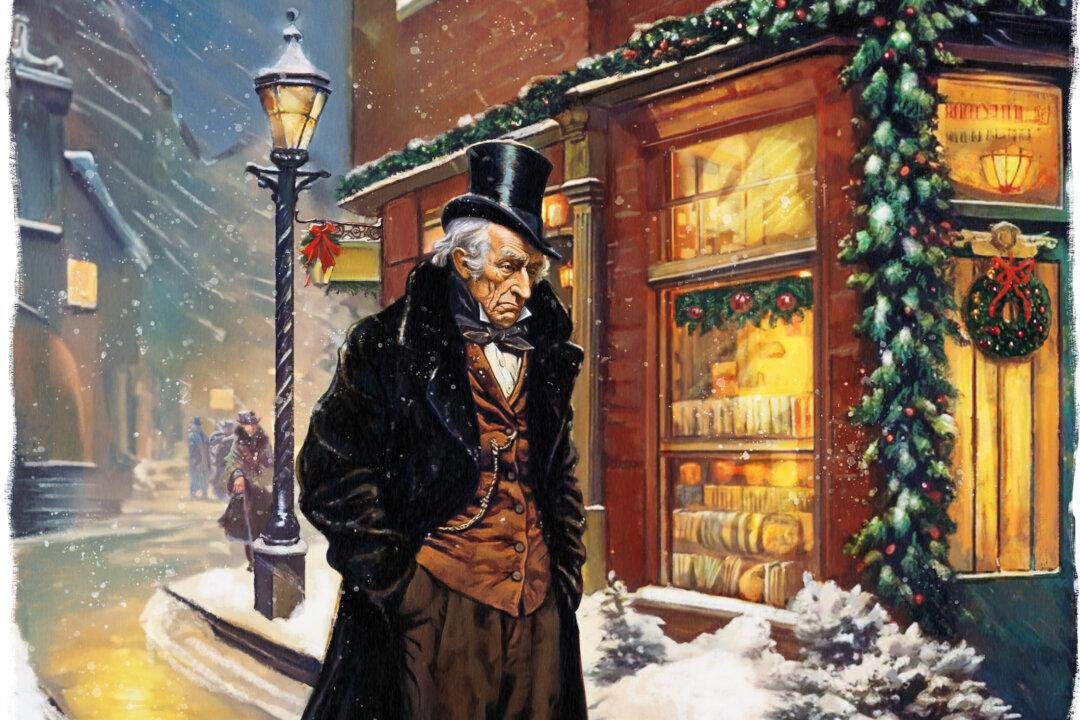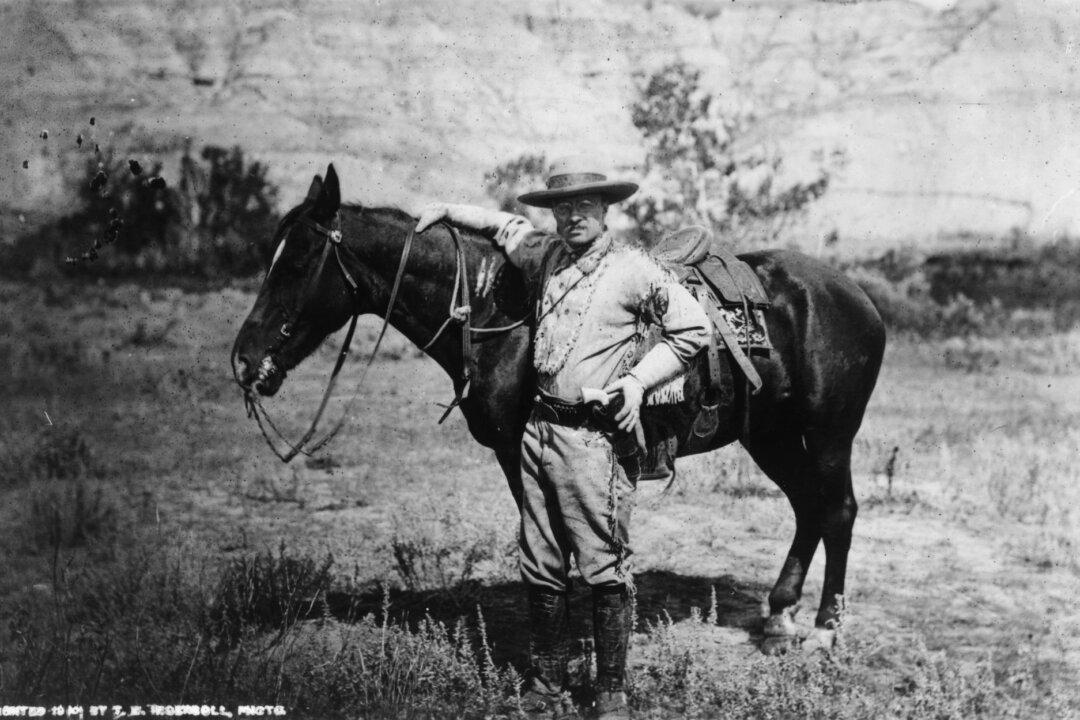Charles Dickens’s classic “A Christmas Carol” has helped instill in generations of people a spirit of charity and goodwill that makes itself evident, especially during the holiday season. And by the end of the story, the immortal Ebenezer Scrooge not only exemplifies this spirit, but also represents hope for us all: that all the way until the end of life, there’s a chance of redemption.
A yet lesser-known part of the “Christmas Carol” story is the quirky lexical context in which Dickens’s characters were operating. These were Victorian times, and English during that era was full of fun little curiosities such as “humbug.”





